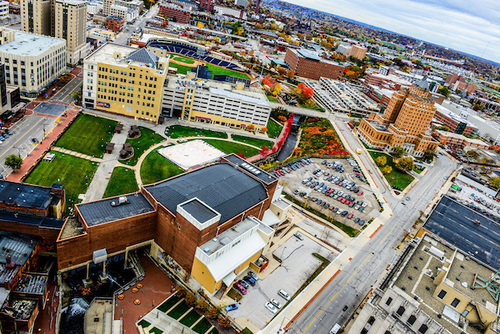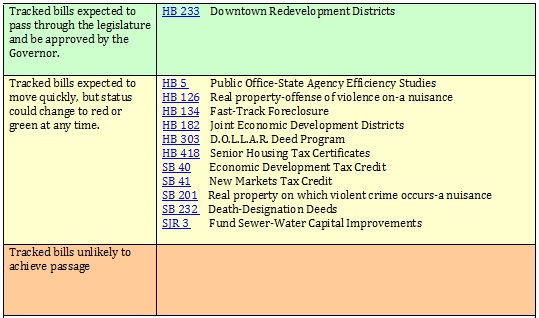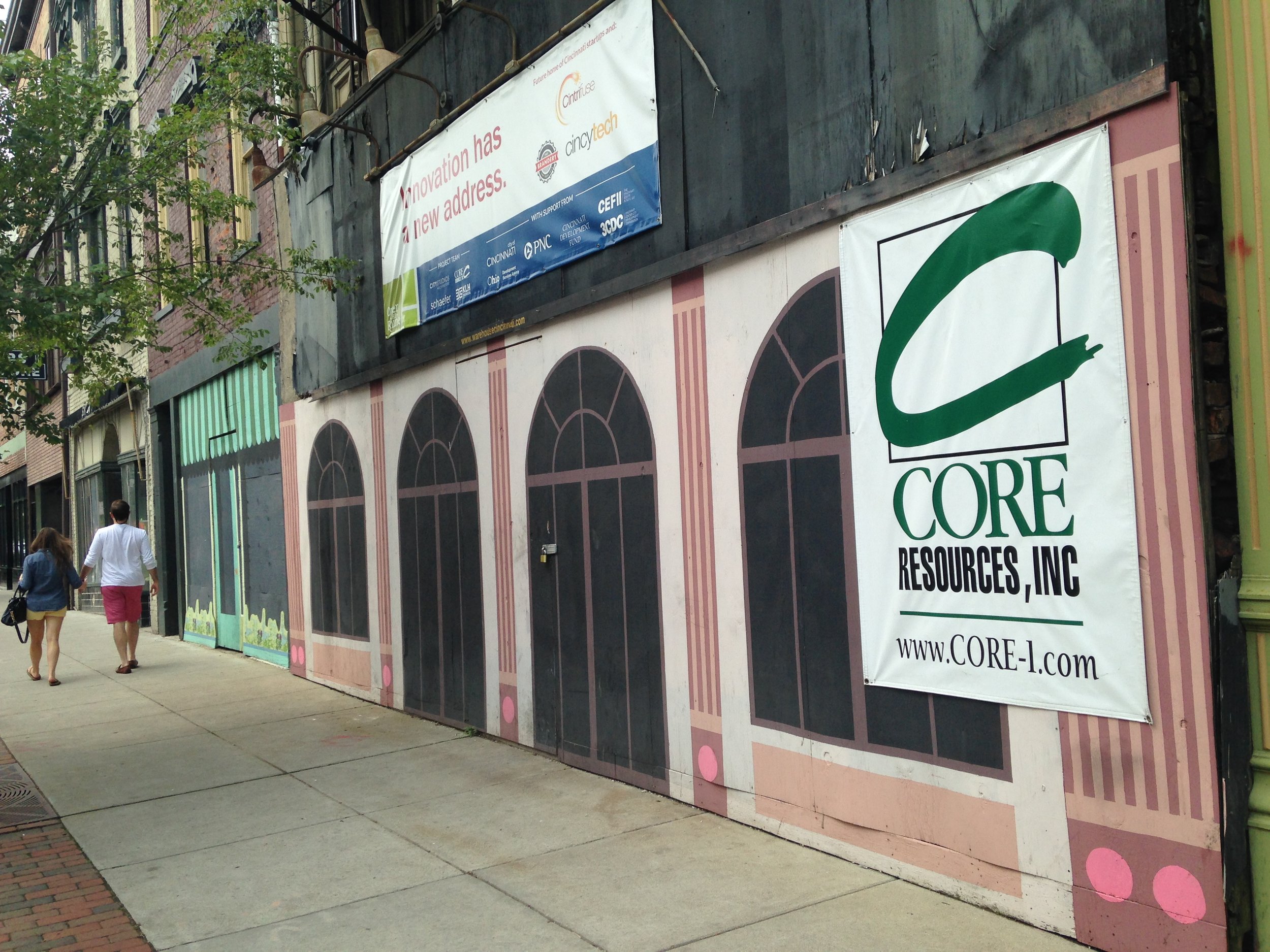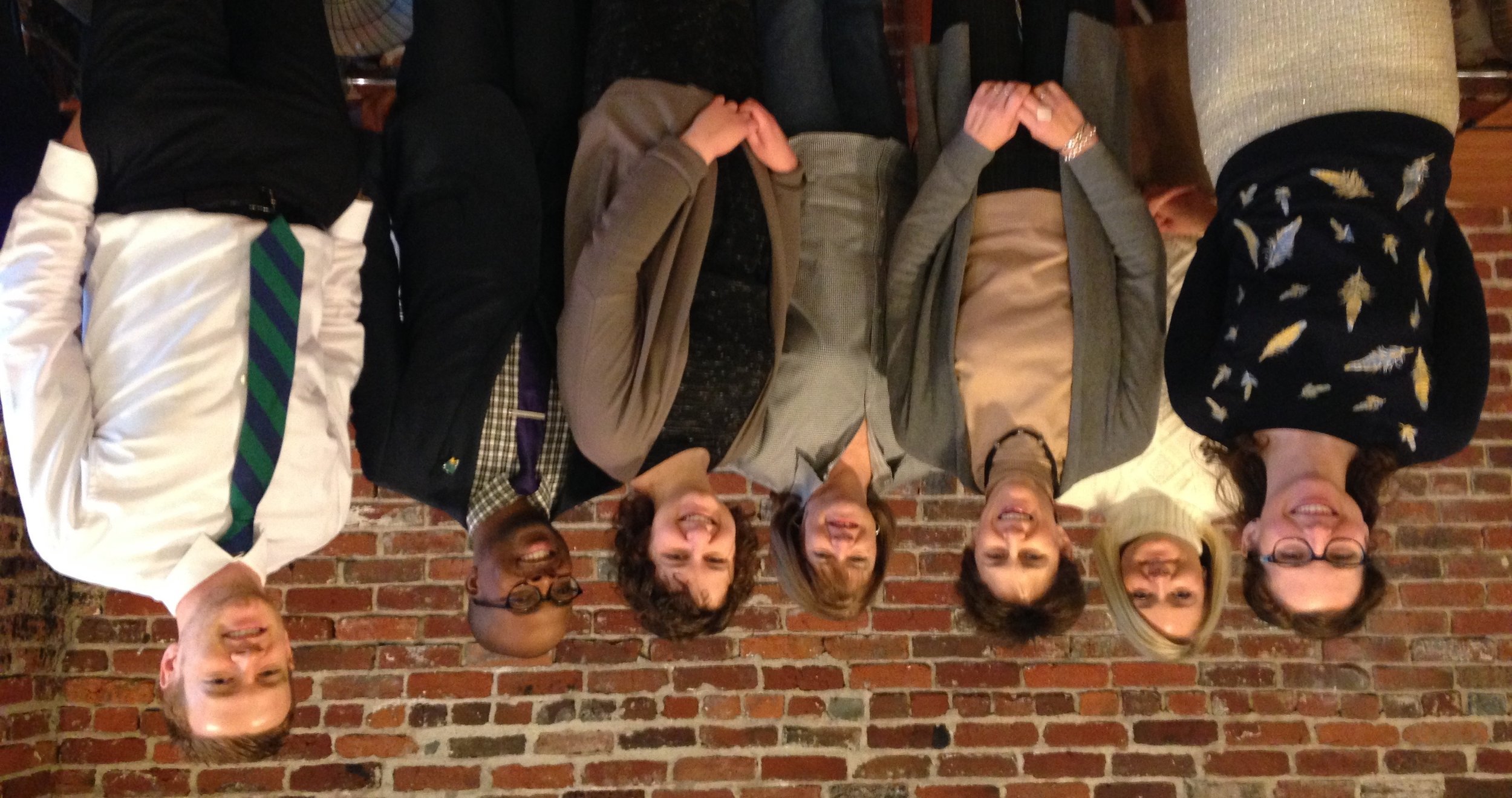By Sheldon Johnson, Urban Revitalization Specialist
Last week a panel gathered at the Columbus Metropolitan Club (CMC) to discuss what Columbus Business First reporter Carrie Ghose called “a great urban experiment that is playing before us now.” The experiment she is referring to is the planned redevelopment of Columbus’ oldest neighborhood, Franklinton. The event saw lively discussion from Jim Sweeney, Executive Director of Franklinton Development Association (FDA), Dana Vallangeon, CEO of Lower Lights Christian Health Center, Nick Stanich, Director of Franklinton Gardens, and Trent Smith, Executive Director of the Franklinton Board of Trade (FBOT).
Franklinton was known for many years as an area struck by floods, disinvestment, and high rates of crime. The City of Columbus began a concerted effort towards redeveloping Franklinton in 2011 when then-Mayor Michael B. Coleman announced a partnership between the City of Columbus, the Columbus Metropolitan Housing Authority, a private developer called the Urban Growth Company, and the Franklinton Development Association (FDA) in his annual State of the City Address. Together these four partners sought to “market, incentivize, and build an affordable neighborhood tailored for live-work housing, for our city’s creative sector.” Mayor Coleman defined the creative sector as artists, designers, performers, media professionals, architects, engineers, techies, and marketers. In November 2012 the Columbus City Council adopted the East Franklinton Creative Community District Plan in order to direct the development of this affordable neighborhood for Columbus’ creative sector.
Nearly five years since Mayor Coleman announced his Franklinton plan, the neighborhood has seen the establishment of breweries, the Columbus Idea Foundry, bars, co-working spaces, and coffee shops. During her introduction to the CMC event, Laquore Meadows called Franklinton “the center of cool,” but reminded attendees that Franklinton was home to longtime residents prior to the influx of the creative sector. Can the new dawn of Franklinton be a rising tide to lift all boats? This question was at the forefront of the discussion among the three panelists at the CMC event. In response to a question about what additional investments should come to Franklinton, Stanich pointed out that the strong focus of economic activity pouring into the new creative district located east of State Route 315 was distinct from the largely residential area located west of the highway.
Vallangeon stated that the economic development occurring on the eastside of Franklinton presents an opportunity for more interest and good energy to be carried forward to the west side of the neighborhood. Smith expressed hope that events like the CMC panel will convince potential residents and business that the Real Franklinton is a great neighborhood to be in. Targeting resources in select areas in order to maximize impact is a key revitalization strategy that several Greater Ohio Policy Center partners are currently undertaking. The creation of intentional revitalization plans is key to the regeneration of many of Ohio’s urban areas.









